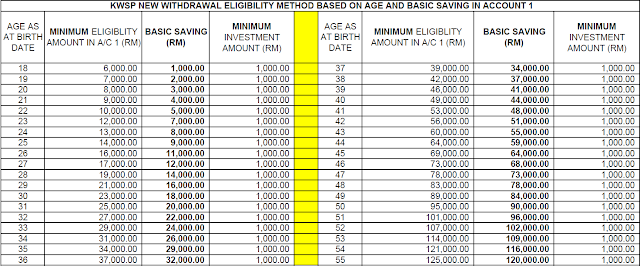Yesterday I'd shown how much interest we pay when taking a home loan. Today will talk about car loans. As an illustration I'll take the Honda City (since I recently test drove one). You can substitute the figures I've used with the ones of you own car loan. Step 2 shows interest paid on the car. I've added other steps just to show the method to calculate monthly payment.
Car Price (without insurance): RM88 000
Down Payment: RM10 000
Loan Amount: RM78 000
Loan Tenure: 9 years
Interest Rate: 3.95%
1. Take the loan amount and multiply it by the interest rate.
RM78 000 x 3.95% = RM3081
2. Take the answer from step 1 and multiple it by the loan tenure.
RM3081 x 9 = RM27 729
3. Take answer from step 2 and add the loan amount.
RM27 729 + RM78 000 = RM105 729
4. Take answer from step 3 and divide it by the loan tenure (in months). 9 year loan works out to 108 months.
RM105 729/108 = RM978.972
We have deduced:
Total Interest Paid: RM27 729
Monthly Loan Repayment: RM978.972
Actual Cost of Honda City: RM105 729
Car and home loans are very different. For a car loan the interest is calculate on a fixed principle amount (car price). Whereas for a home loan the interest is thankfully calculated on a reducing principle amount.
If you were to calculate a home loan of RM300 000 with interest rate of 4.5% and 30 year loan tenure using the car loan method it will cost a fortune (RM705 000 to be precise). Compare this figure with the one in yesterdays
post, where it was calculated that this same home loan of RM300 000 will "only" cost RM547 220.13 instead of RM705 000.
So what can you do to reduce you car loan? The only thing you can do is take a smaller loan and thus reduce interest payment. Early settlement of a car loan will not help reduce the interest you're going to pay.
Some financial gurus' follow this rule of thumb: Only take a car loan that you can afford to pay back in 3 years. If its more than that, you really are buying a car too big for your wallet.

